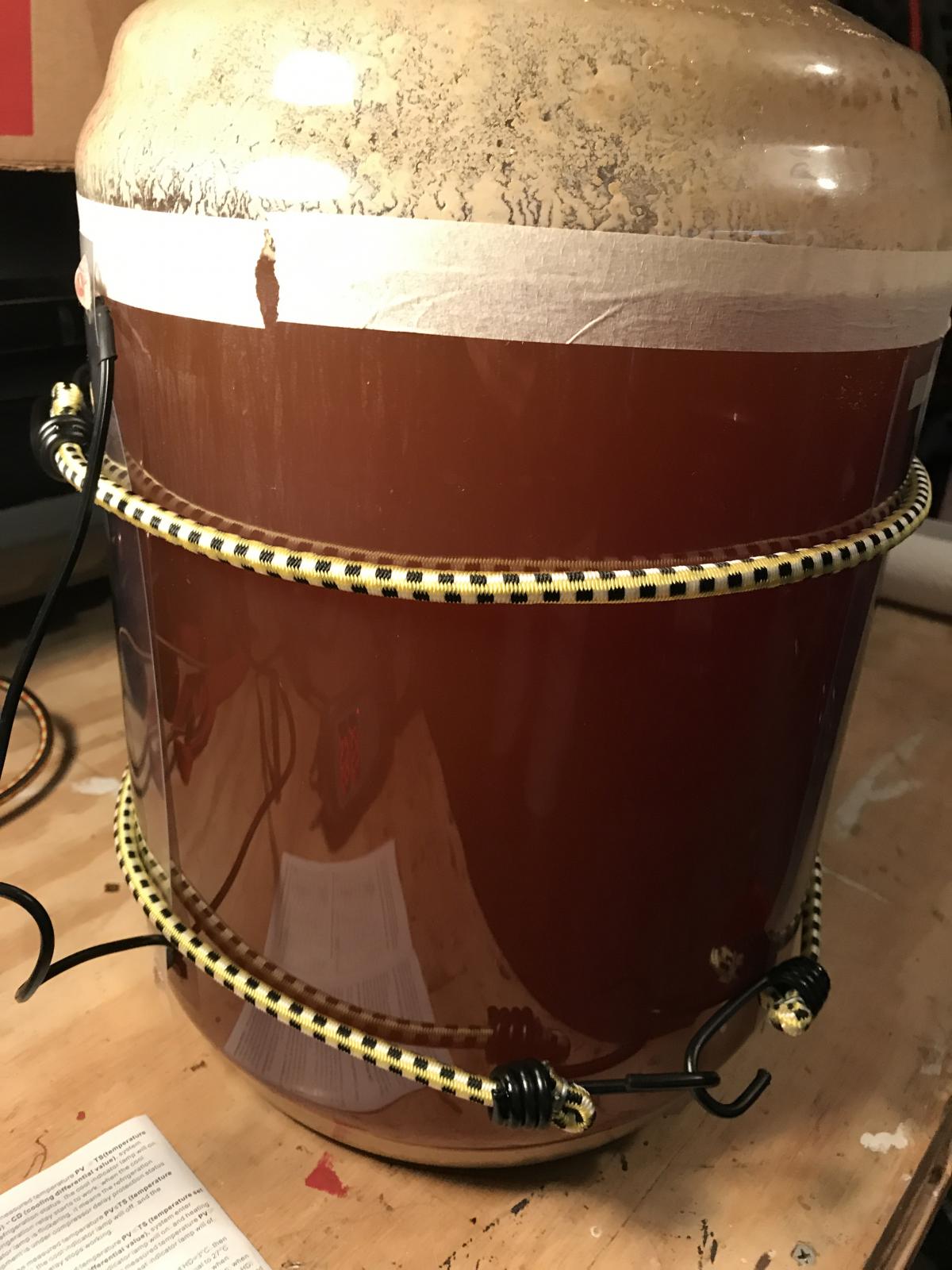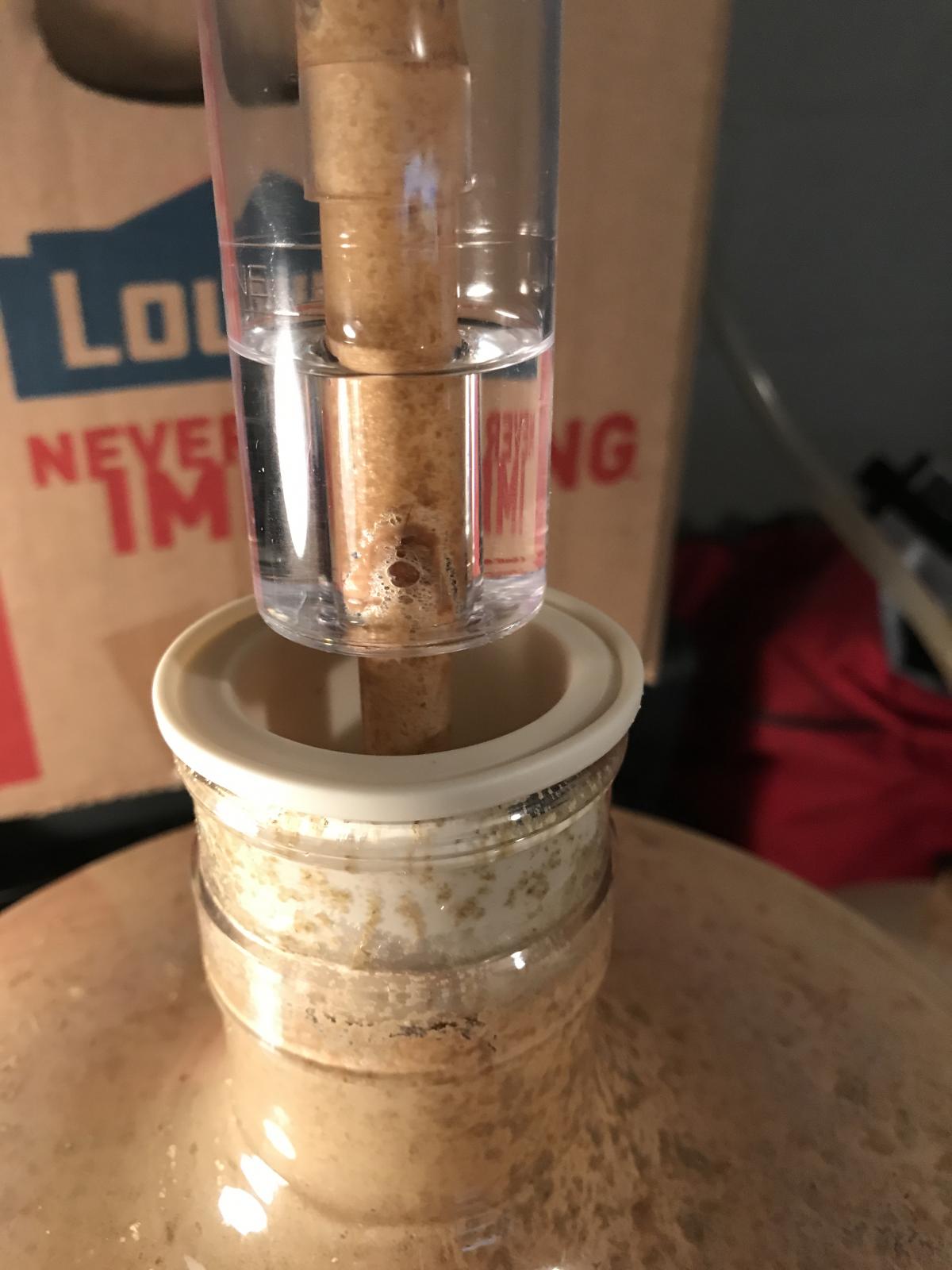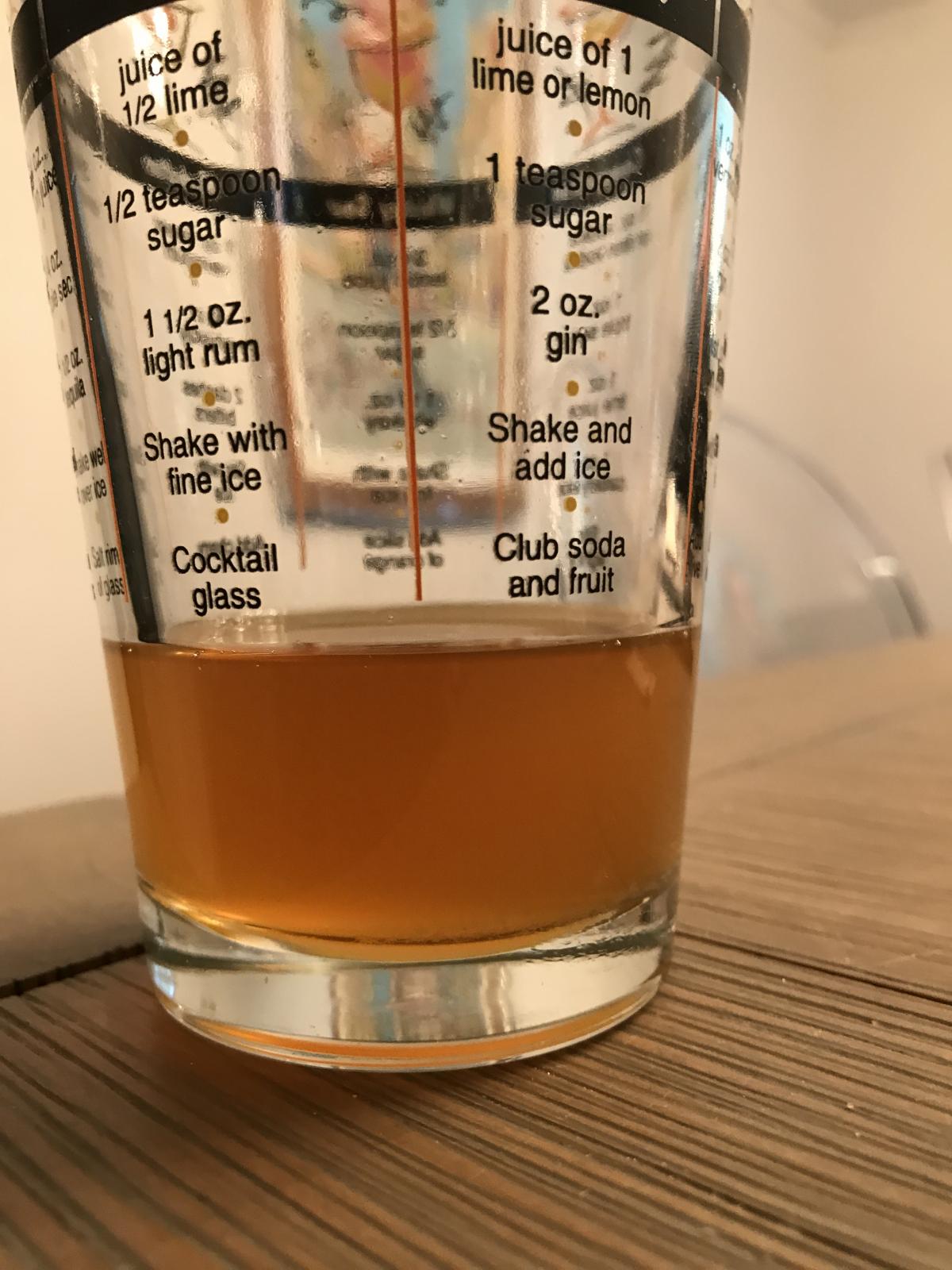I thought I posted something already but don't see it. If it re-appears, mods feel free to delete.
Thinking about my 2nd batch now since the first one seemed to go well. Up next: Tank 7 Clone kit:
http://shop.greatfermentations.com/product/tank-seven-extract-beer-kit/brewing-supplies
In reviewing the kit and the instructions have some questions. A lot of this may have to do with the fact that a recipe for a saison is quite different for an IPA (which I just did).
Anyways, some questions:
1. Yeast: I have white labs belgian saison and the kit is saying that "2 to 3 packs of standard yeast are recommended." Does that mean I dump in 2 to 3 times the normal amount? Seems like a lot. Do saison's take on more yeast?
2. Irish Moss: It's optional. Worth it? Doesn't seem difficult.
3. Malt vs Grains: This recipe calls for very little grain (2 lbs) vs. mailts (6 lbs). is this normal? In another thread, somebody questioned the use of this grain here at all. Open to recommendations to make this close to a Tank 7.
4. Golden Candi Syrup: Ditto on this. Somebody questioned this. Use it? Or maybe replace with something else?
5. Dry Hoping: Calls for 1 oz of Amarillo and Citra hops during boil and then dry hoping the same amount for both after 14-21 days and having 4-7 days of contact. Sound about right?
In general, I'm curious what dry hoping does. Why do it?
6. Fermentation Temperature: Homebrew guy indicated that saison's like heat. As in, 85 degrees would be ok. Kit says 65-77. Curious what folks would do here. .Not only that, how do I warm up a fermenter that sits in a centrail AC at 62-66. Blankets?
Thanks in advance!
Thinking about my 2nd batch now since the first one seemed to go well. Up next: Tank 7 Clone kit:
http://shop.greatfermentations.com/product/tank-seven-extract-beer-kit/brewing-supplies
In reviewing the kit and the instructions have some questions. A lot of this may have to do with the fact that a recipe for a saison is quite different for an IPA (which I just did).
Anyways, some questions:
1. Yeast: I have white labs belgian saison and the kit is saying that "2 to 3 packs of standard yeast are recommended." Does that mean I dump in 2 to 3 times the normal amount? Seems like a lot. Do saison's take on more yeast?
2. Irish Moss: It's optional. Worth it? Doesn't seem difficult.
3. Malt vs Grains: This recipe calls for very little grain (2 lbs) vs. mailts (6 lbs). is this normal? In another thread, somebody questioned the use of this grain here at all. Open to recommendations to make this close to a Tank 7.
4. Golden Candi Syrup: Ditto on this. Somebody questioned this. Use it? Or maybe replace with something else?
5. Dry Hoping: Calls for 1 oz of Amarillo and Citra hops during boil and then dry hoping the same amount for both after 14-21 days and having 4-7 days of contact. Sound about right?
In general, I'm curious what dry hoping does. Why do it?
6. Fermentation Temperature: Homebrew guy indicated that saison's like heat. As in, 85 degrees would be ok. Kit says 65-77. Curious what folks would do here. .Not only that, how do I warm up a fermenter that sits in a centrail AC at 62-66. Blankets?
Thanks in advance!




